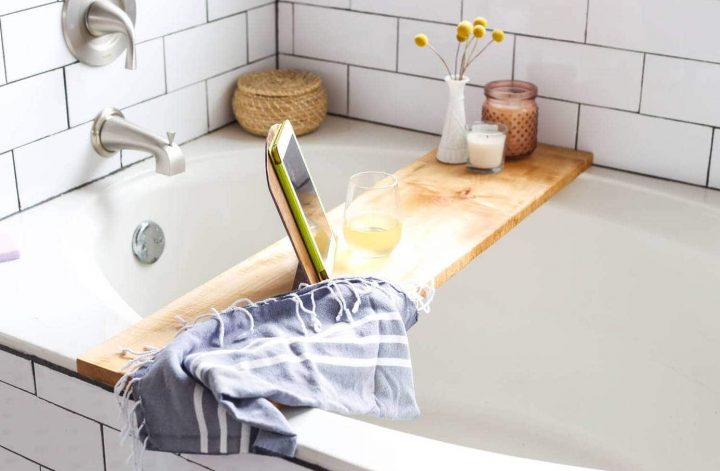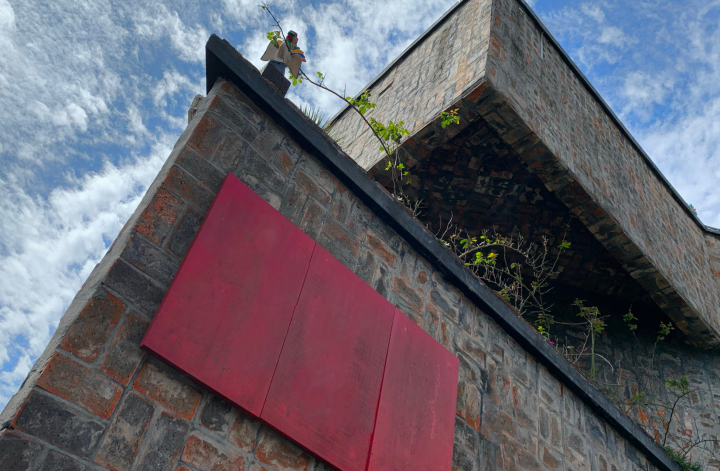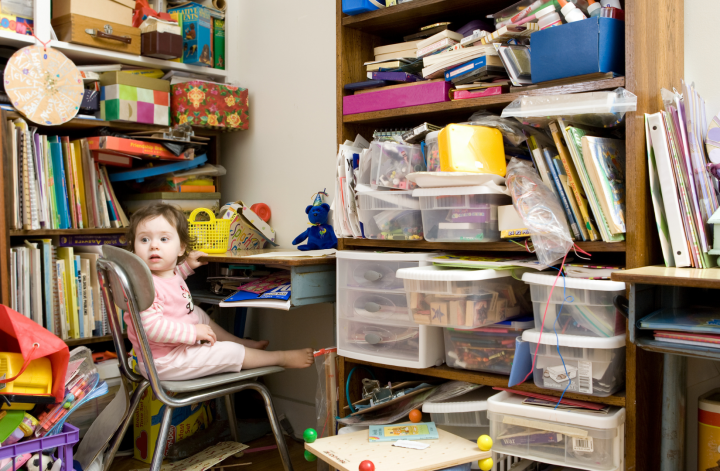One of the reasons I prefer to have my home remodeled rather than completely replacing various amenities is the cost-saving benefit. But this is not always my choice in some scenarios. I visited some high end furniture stores to get some inspiration for the house and I was seriously impressed. I think it’s important to take inspiration. However, there is one area of remodeling I particularly avoid at all costs. This is none other than bathtub refinishing. I’d instead replace the entire bathtub and will explain why shortly.
What Does Bathtub Refinishing Mean?
It refers to the restoration of the old bathtub surface to enhance its appearance or repair minor damages. The main reasons for refinishing a bathtub include discoloration and scratches. Only a trained technician knows how to strip off the old finish before applying a new one. The process of refinishing a bathtub costs less than replacing the whole facility. The problem with refinishing is that it requires the application of lethal chemicals such as isocyanates, methylene chloride, and some acids.
Also, much like refinishing, bathroom remodeling works like fixture installation and leaky pipe repairs ought to be carried by professional plumbers. You can find more info on any plumbing company’s website. In case you have other plumbing works besides fixing leaky pipes, say like installing a new water heater or a new bathtub, hire a plumbing contractor who does it all. You can hire an established plumbing company such as Make It Drain Plumbing & Rooter (learn more about it) that can carry out all these works professionally.
How Dangerous is Bathtub Refinishing?
As hinted above, methylene chloride is needed to refinish a bathtub. This is a colorless chlorinated solvent that is volatile and has a sweet smell. Commonly known as dichloromethane, it is applicable in other areas such as degreasing, cleaning of metals, and paint stripping. When we breathe in methylene chloride, we may not detect it immediately. This is because it has to reach a level greater than the permissible exposure limits stipulated by OSHA. So, if I happen to smell dichloromethane, it means I am overexposing myself to the chemical.
Here is where the danger comes in; when the human body gets used to the smell, the respiratory system is desensitized. As such, I will be overexposed even though I can no longer smell it. Given that most bathrooms are tiny and poorly ventilated, the probability of methylene chloride reaching toxic levels is very high.
When a worker sprays the stripping product onto the basin, methylene chloride starts to evaporate. It will spread faster if someone brushes the surface, then evaporates rapidly due to very high vapor pressure. The vapors collect in corners and bottoms of the bathtub hence replacing the breathable fresh air. Exposure to six ounces of the chemical has the potential to kill. But how can it cause death?
Effects of Methylene Chloride on the Human Body
Dichloromethane enters the body through the skin or nostrils. A high concentration can disrupt brain functions, leading to dizziness, nausea, headaches, and fatigue. The victim will have a feeling of intoxication and may even stop breathing. The chemical irritates everywhere, from the nose, skin, throat, to the eyes.
If refinishing a bathtub is an absolute must, these steps can minimize the exposure to dichloromethane:
- Reducing the amount of chemical used at every site
- Following the standards recommended by OSHA
- Using alternative stripping agents
- Ensuring adequate ventilation in the bathroom
- Using protective gear, including full-face air-supplied respirators and gloves
- Using tools with long handles such as brushes and scrapers to minimize leaning on the bathtub
- Leaving the bathroom immediately after application
- Providing local exhaust ventilation plus fresh air
- Sound housekeeping principles, e.g., leak control and personal hygiene
The Best Alternatives to Bathtub Refinishing
I am always against the use of chemicals in my house. Even my most trusted handymen know that. Here is my best advice if you are looking to remodel your bathtub or save costs.
- Sand down the surface instead of stripping the old one with chemicals: I have tried this, but it takes more time, and I had to deal with so much dust in the bathroom
- Complete replacement; while it is not a cheap process, replacing an old bathtub is the safest bet. I have a brand new tub, and I know it is going to last. I think the next time I need a replacement, I’m going to call in someone like Bordner Home Improvement to switch the bath out for a shower.
As for my family and me, we take bathtub refinishing to be the most dangerous house remodeling project. The refinishing fumes are especially dangerous at the application and curing stages. So we have never tried any DIY kits or any harsh product on our bathtubs. The risk of inhaling the gases or coming into contact with the skin is not worth it. I heard someone claiming that a dust mask can offer protection, but that’s wrong. Even professionals wear organic vapor respirators with cartridges. So, we choose professional installation all the way, and so should you.




